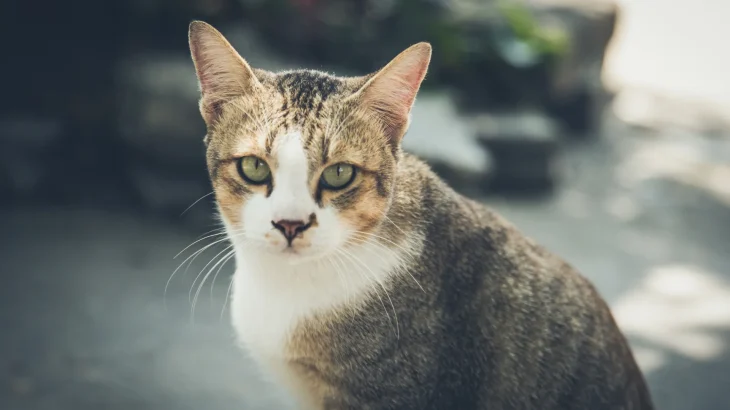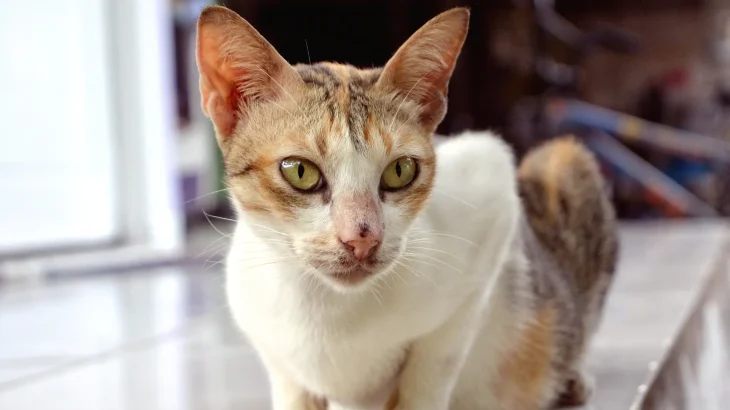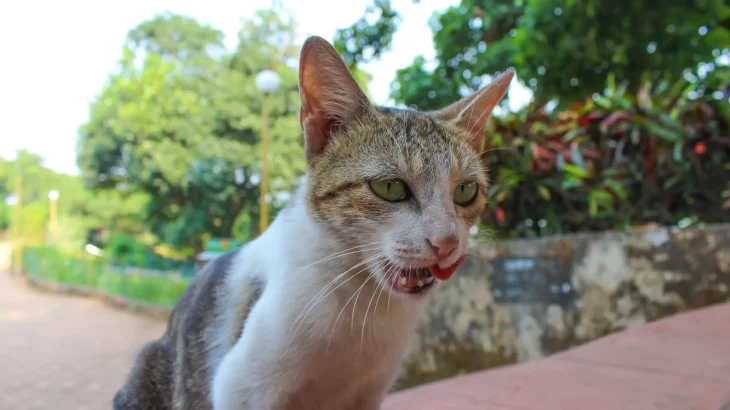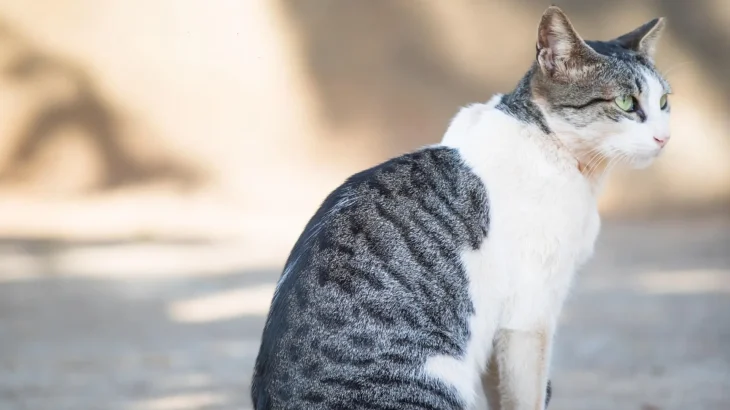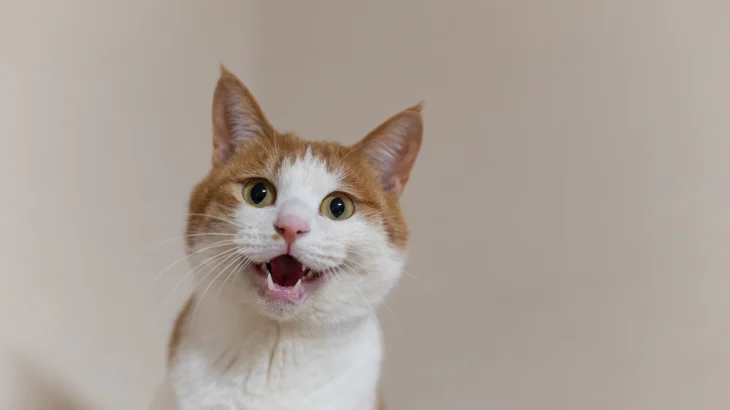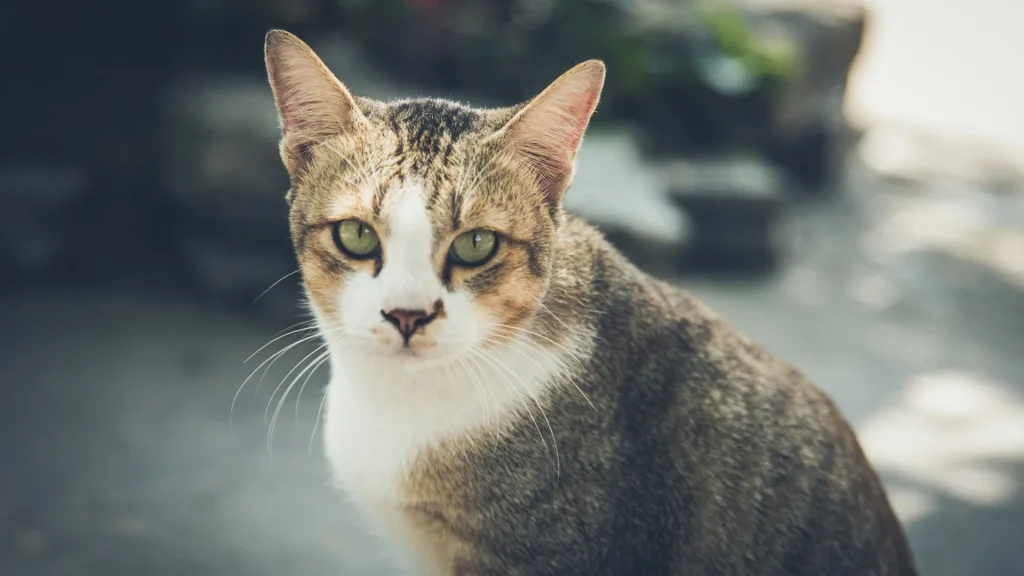Deciding whether to buy or adopt an Aegean kitten depends largely on your priorities, such as knowing the cat's history or supporting animal welfare. Purchasing from a breeder can offer insights into the cat's background and health, while adoption often gives a second chance to a cat in need, commonly including Aegeans given their feral origin.
Adoption vs. Breeder: Pros & Cons
| Criteria | Buying from Breeder | Adopting from Shelter/Rescue |
|---|---|---|
| Cost | Generally higher, reflecting breed purity and lineage assurances. | Typically lower adoption fees, often covering vaccinations and sterilization. |
| Health History | Detailed health and genetic screening likely available due to breed development. | Health history may be incomplete, but many shelters provide initial health assessments. |
| Age Availability | Usually kittens, allowing early bonding and development observation. | Wide range of ages, including adult cats accustomed to various environments. |
| Temperament Insight | Breeders can offer lineage-based behavioral insights. | Shelters provide observations based on the cat's behavior in their care. |
| Supporting Practices | Supports continuation of the breed; ethical breeders help maintain standards. | Supports animal welfare by providing homes to cats, including feral or stray Aegeans. |
| Breed Purity & Pedigree | Pedigree documentation and assurance of breed purity are standard. | Breed purity is often unknown; focus is more on the individual cat than lineage. |

